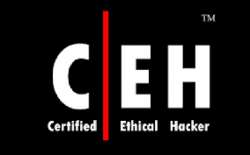Quoted By: >>59164872
How do I bypass this /g/? My college have blocked Androids and iOS devices from accessing the network, but Laptops can connect just fine. How can I get around this?
Is there a way to spoof my phone as a Windows device so it lets me in?
Is there a way to spoof my phone as a Windows device so it lets me in?










